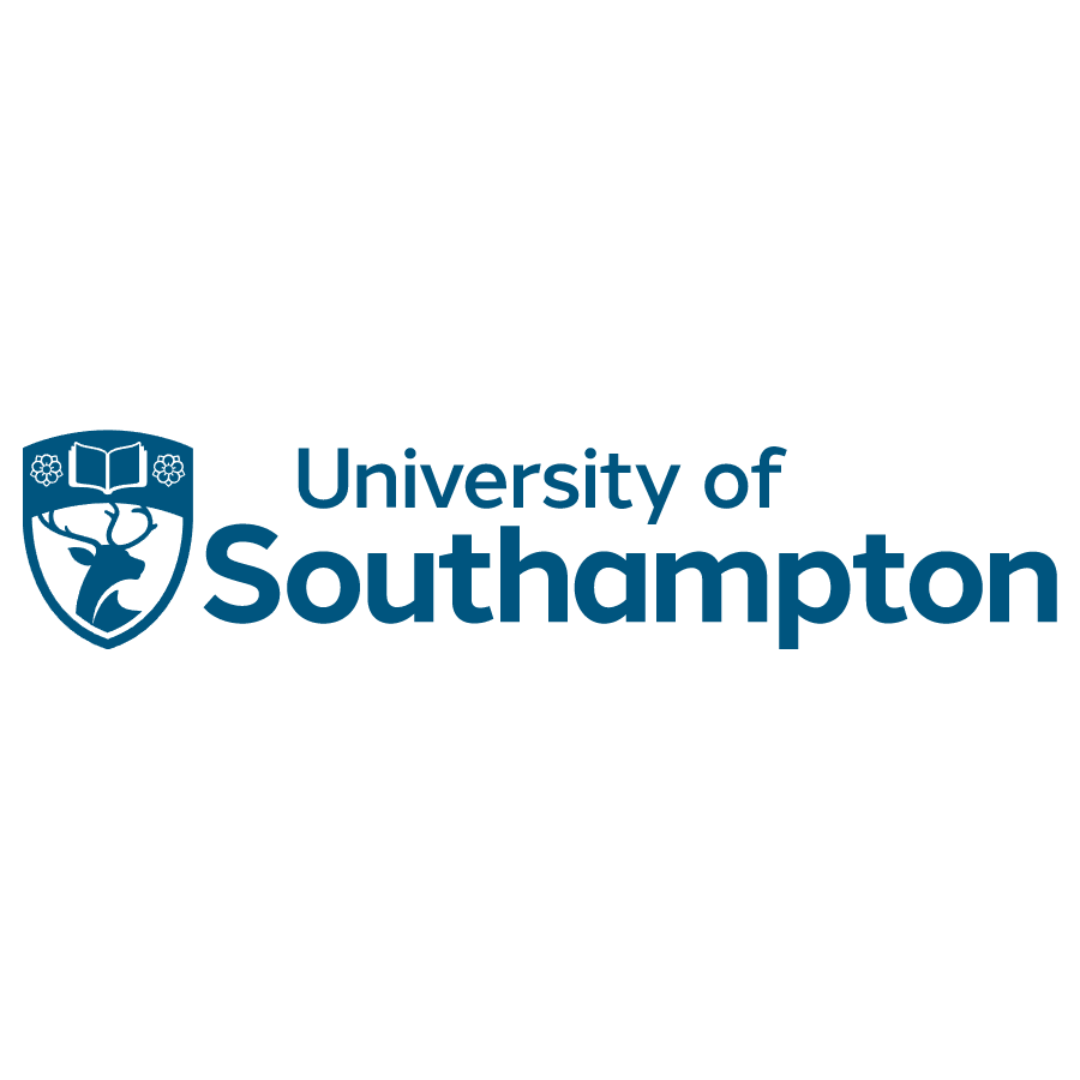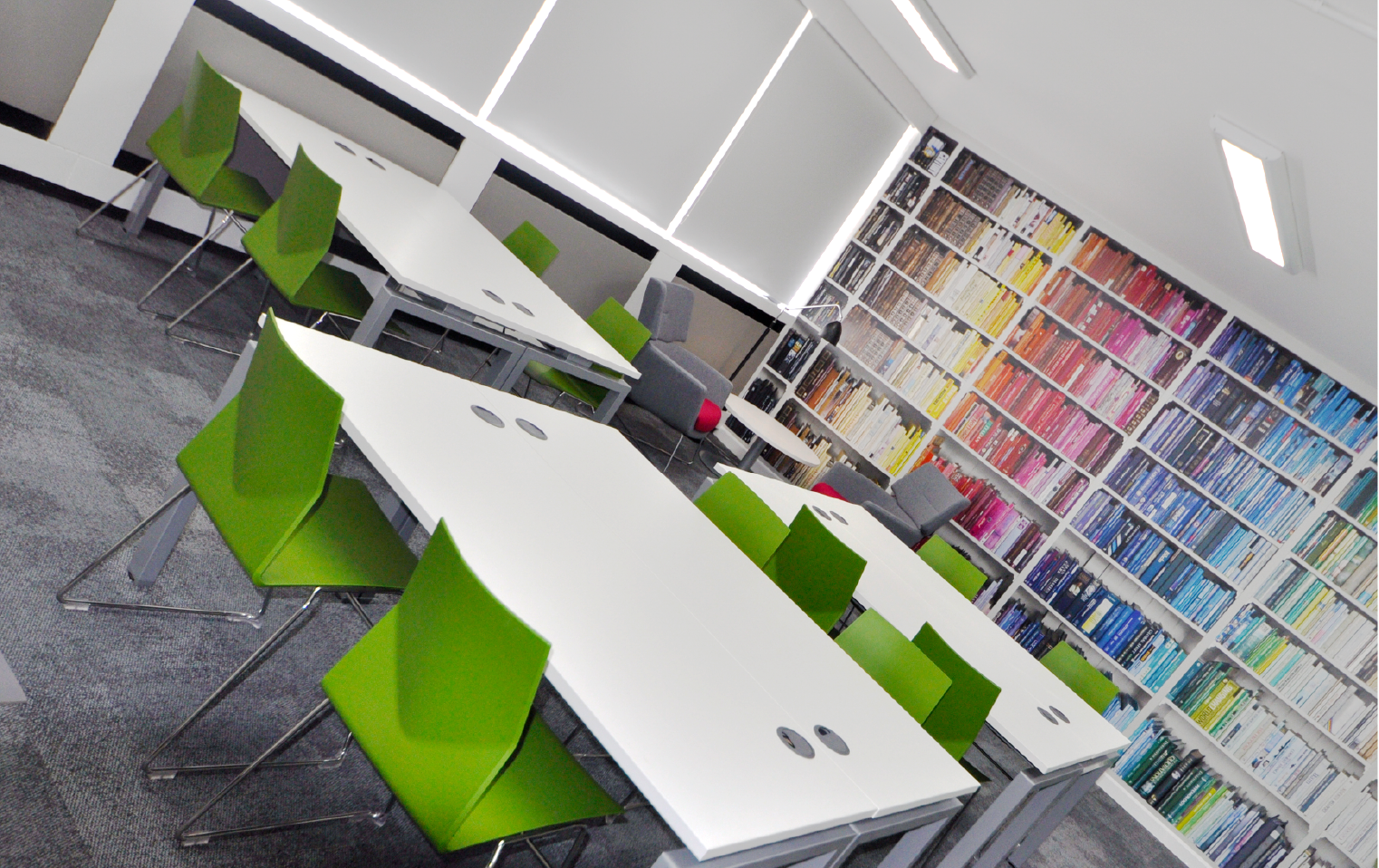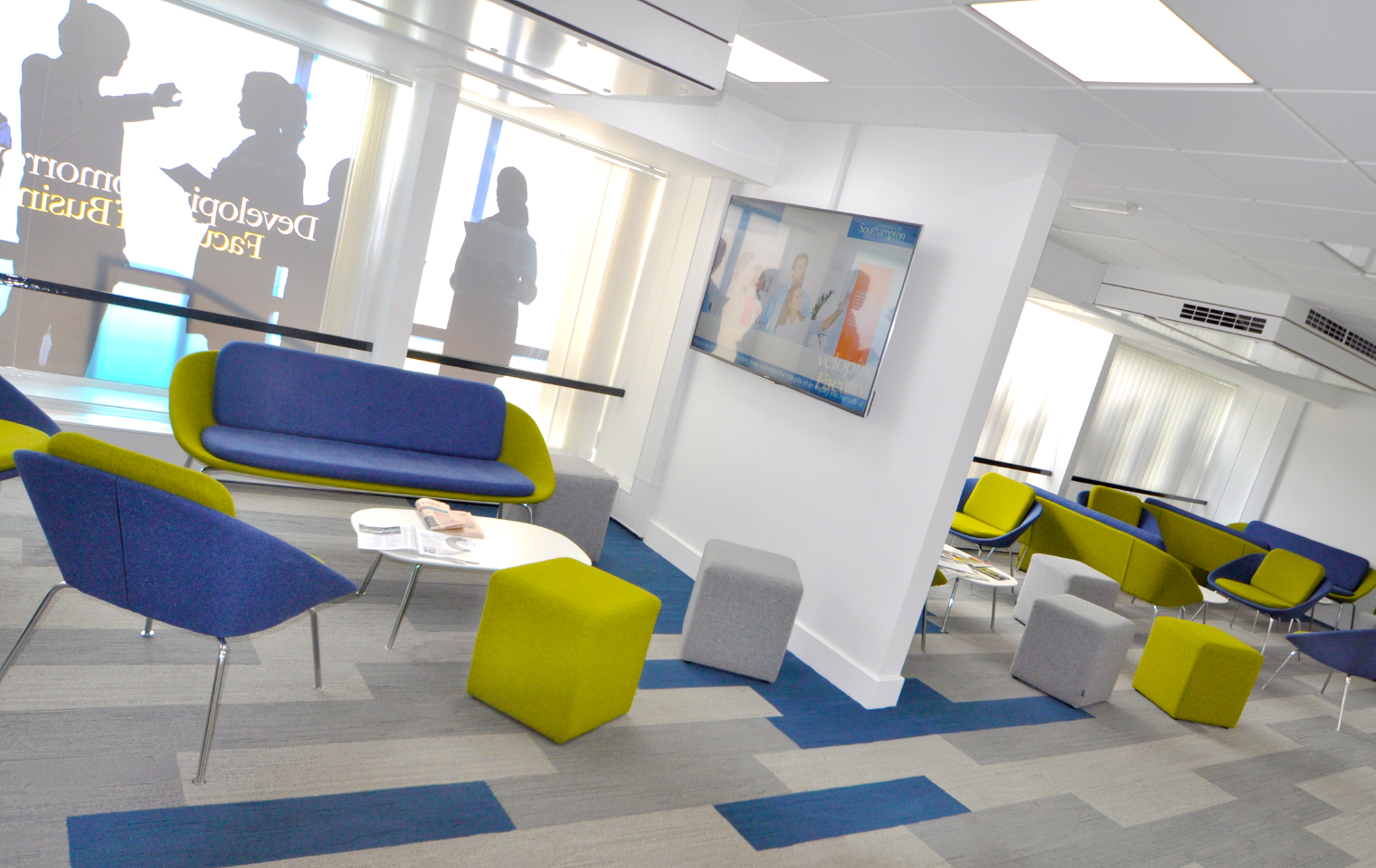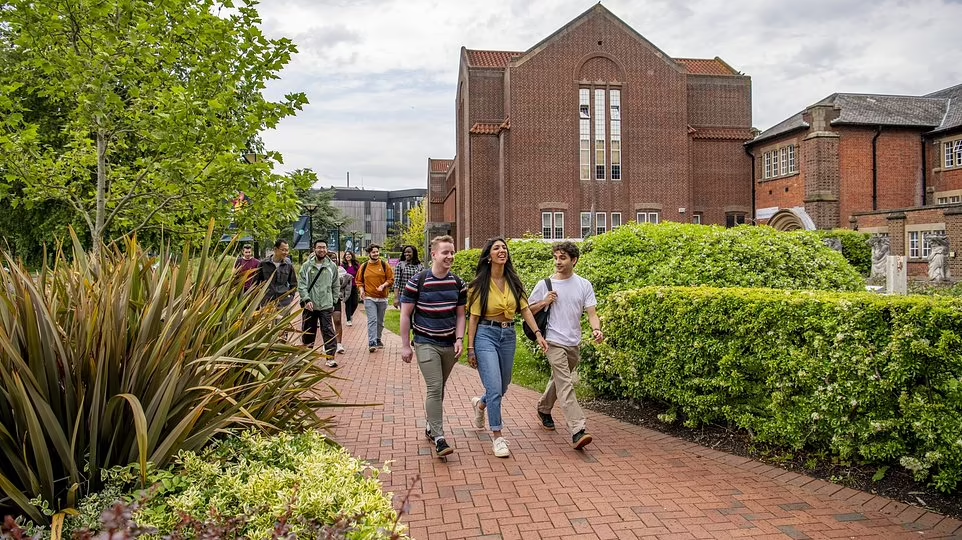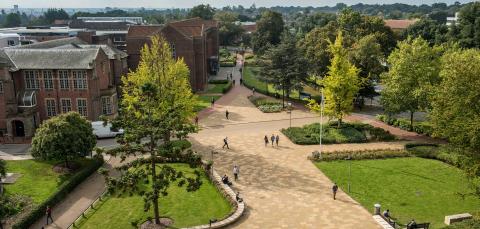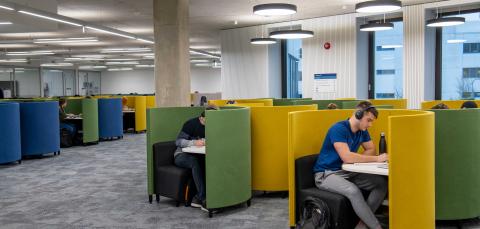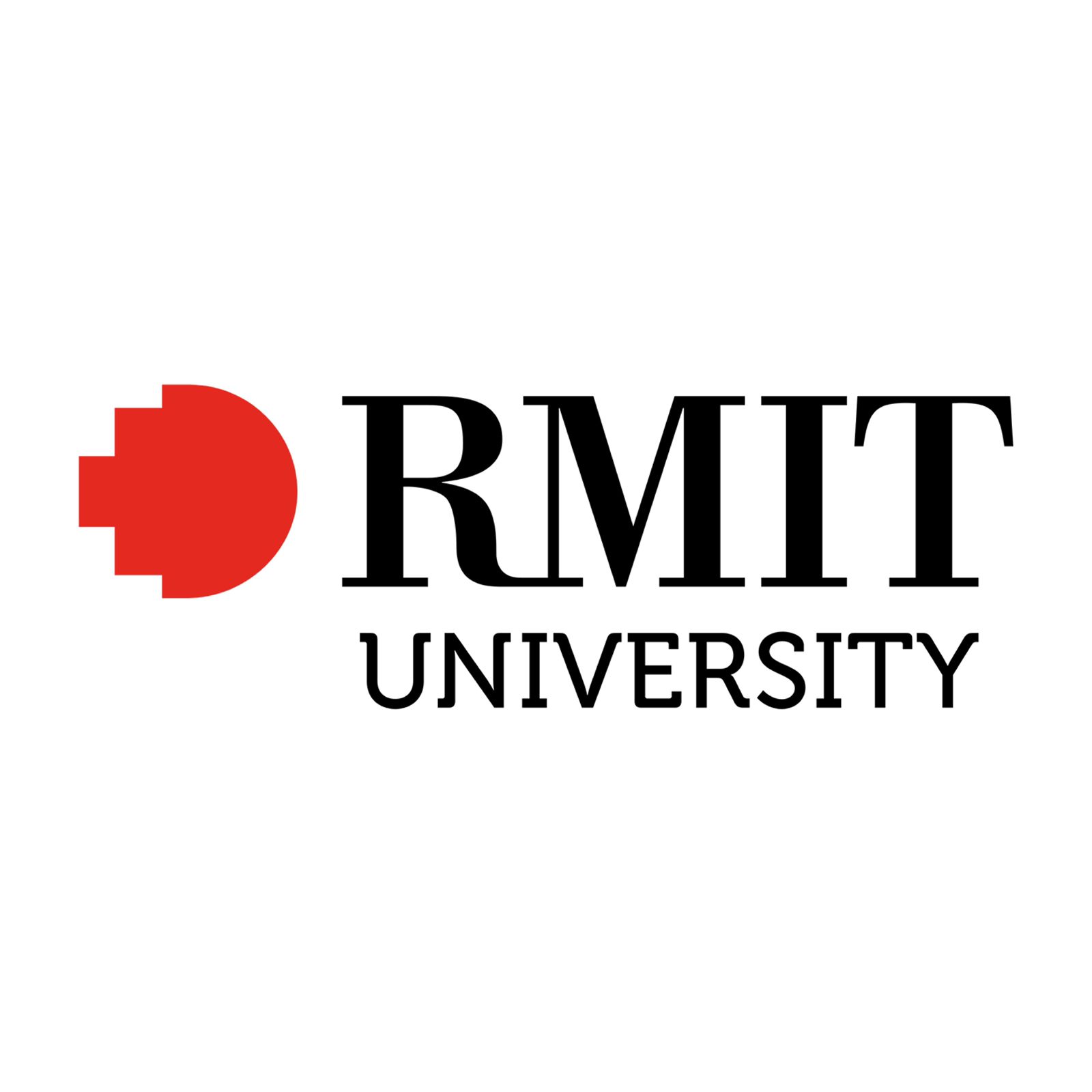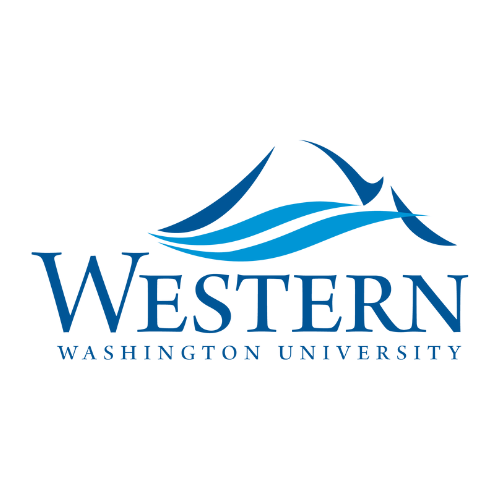The University of Southampton is a renowned public research university located in Southampton, England. Southampton has the distinction of being a founding member of the prestigious Russell Group, which consists of top-tier research-intensive universities in the United Kingdom.
University of Southampton boasts an impressive network of seven campuses. The main campus is situated in the Highfield area of Southampton and is complemented by four additional campuses within the city. Avenue Campus is home to the School of Humanities, while the National Oceanography Centre offers courses in Ocean and Earth Sciences. Southampton General Hospital provides programmes in Medicine and Health Sciences, and Boldrewood Campus houses an engineering and maritime technology campus in collaboration with Lloyd’s Register. Furthermore, the university runs a School of Art located in the neighbouring city of Winchester, as well as an international branch in Malaysia that provides Engineering courses. Every campus has its own library facilities. The institution’s annual income for 2022–23 amounted to £722.4 million, with a significant portion of £122.1 million coming from research grants and contracts. This was accompanied by an expenditure of £631.3 million.
The University of Southampton boasts an impressive student body, with 14,705 undergraduate and 7,960 postgraduate students. This makes it the leading university in the South East region in terms of higher education enrollment. The University of Southampton Students’ Union offers a wide range of support, representation, and social activities for students. This includes opportunities to engage with the Union’s four media outlets, as well as access to over 200 affiliated societies and 80 sports. University of Southampton has a sports ground available for students to use, as well as a sports centre located on the main campus.
University of Southampton’s primary campus is situated in the residential neighbourhood of Highfield. Established on 20 June 1914, the location served as a military hospital during World War I. The campus expanded over time, featuring meticulously crafted red brick buildings like the Hartley library and West building of the Students’ Union, which were masterfully designed by Sir Giles Gilbert Scott. In 1956, Sir Basil Spence was given the task of creating a masterplan for the campus to anticipate future needs. The design took into account the University Road, which divided the 59-acre (24 ha) campus, as well as the quarry of Sir Sidney Kimber’s brickyard, which was separated by a stream. Spence strategically designed the buildings to face away from the road and the private houses along it. Employing modern materials like concrete, glass, and mosaic, he created contemporary designs that seamlessly blended with the surroundings. Over the past few decades, there have been additions to Spence that went against the original master plan, including the Synthetic Chemistry Building and the unfortunate incident of the Mountbatten Building being destroyed by fire in 2005.
In 1991, the Highfield Planning Group was established within the university under the leadership of Tim Holt. Furthermore, the Hartley Library and other buildings underwent significant renovations and expansions. A new masterplan for the Highfield campus was devised in 1998 by Rick Mather, who envisioned transforming University Road into a picturesque boulevard adorned with trees and elegant white-rendered buildings. He also played a role in the development of newer buildings like the Zepler and Gower Buildings.
